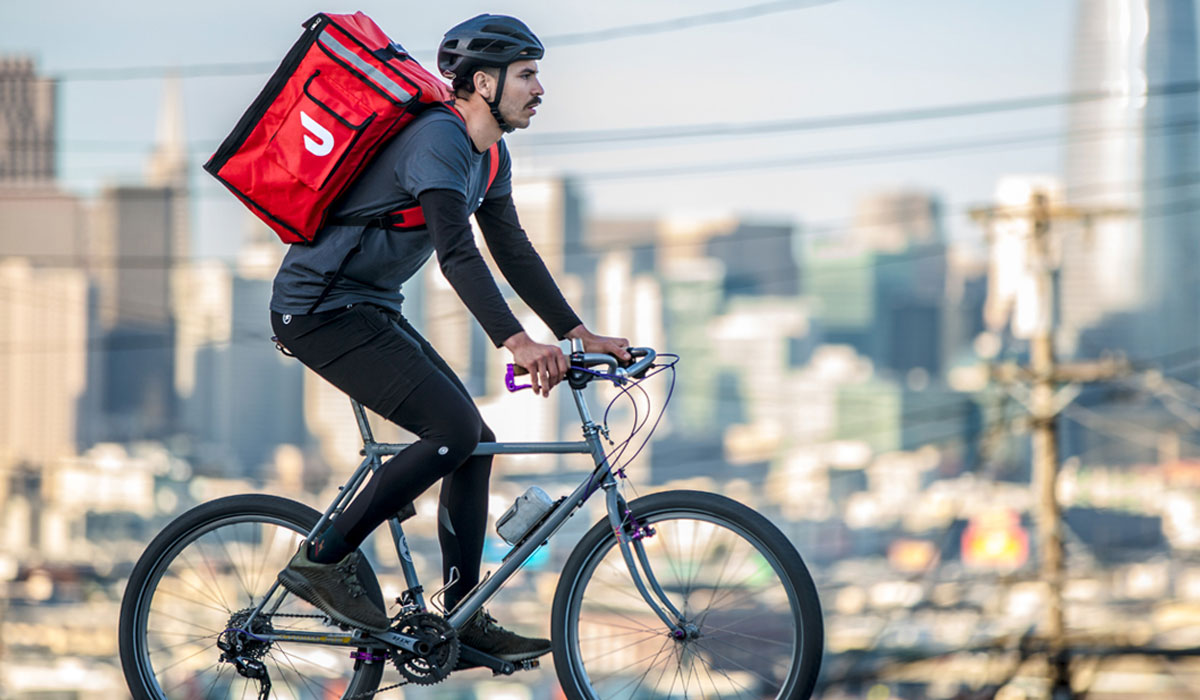Food delivery apps like Grubhub and DoorDash are at the forefront of a major shift in how people eat. For example, delivery companies have helped McDonald’s grow its delivery business to a projected $4 billion this year, up from $1 billion just three years ago.
To put the astonishing growth in another context, McDonald’s is handling 10 delivery orders every second worldwide. In addition, in many cases, restaurants want delivery systems tied into their POS systems. Delivery is placing unprecedented demands on restaurant networks. Are you ready?
In order for restaurants to remain competitive in the on-demand age, they have to embrace digital transformation and the necessary infrastructure needed to achieve it. With a digital-ready data network, restaurants will be able to have the right online-ordering and delivery-management systems in place so they can bring hot, tasty meals to their customers’ doorsteps in a timely fashion.
Whether eateries are using a third-party or handling in-house, delivery places enormous demands on their operations. Grubhub, for example, recommends using internet-connected devices to manage orders.
The Grubhub app alerts restaurants when a new order is placed, provides order details, allows employees to adjust delivery times, transfers the order to a point-of-sale system and tracks the delivery driver. That’s a lot of data flowing between the restaurant, Grubhub and the driver. Now multiply that by 10 or 20 or 100 during the lunch or dinner time rush.
In food delivery, mistakes are magnified compared to service inside a restaurant. During a visit to a restaurant, if the order taker makes a mistake, it can easily be corrected during the meal.
In delivery, you have one chance to get the order right; otherwise the customer might not return.
In addition to order accuracy, timeliness, as well as quality of product are critical to a successful delivery operation. Hitting a tight delivery window requires the precision of an orchestra. Each step—from order confirmation to cooking the meal to packaging the meal to driver hand-off—has to be synchronized. Most, if not all, of the communication is happening over the network. A slow, unreliable network can mean the difference between an unsatisfied customer or a repeat customer.
Consumers love the convenience of food delivery so much that delivery companies are creating “virtual” restaurants. The restaurants only exist online. No real estate, tables, chairs and waiters. These restaurants prepare meals in a commercial kitchen for delivery only.
If the restaurant industry wasn’t tough enough, establishments now have to compete against virtual ones. The delivery-only business model has even attracted some unexpected players. Bon Appetit magazine just launched a virtual restaurant in Chicago in partnership with Grubhub and Lettuce Entertain You, the Chicago-based restaurateur. The menu consists of recipes curated from the magazine and its YouTube channel, such as spicy pork soup and rigatoni with cauliflower Bolognese. Not all restaurants have bought into the idea of virtual restaurants given the potential impact to their brand, but the ever -evolving demands of consumers will push restaurants to continue to innovate.
Quick-service, and casual-dining restaurants are all capitalizing on the possibilities and benefits of delivery services, while fine-dining is less quick to adopt the delivery trend. But the growing popularity of restaurant delivery has stressed already thin profit margins in the industry. The challenge has created a new urgency to deploy digital platforms and technologies that will streamline operations while also delivering new customer experiences that build loyalty.
The increase in the number and diversity of devices and applications generates complexity that can overwhelm network resources. Most of today’s networks were not designed to meet the demands of digital transformation. How can you prepare your network for what lies ahead?
As Executive Director of Enterprise Marketing for Comcast Business, Donna Cobb is responsible for developing and implementing winning marketing strategies and integrated sales and marketing programs, and has experience in developing strategic partnerships, implementing organizational change, and managing projects designed to transform the enterprise.






